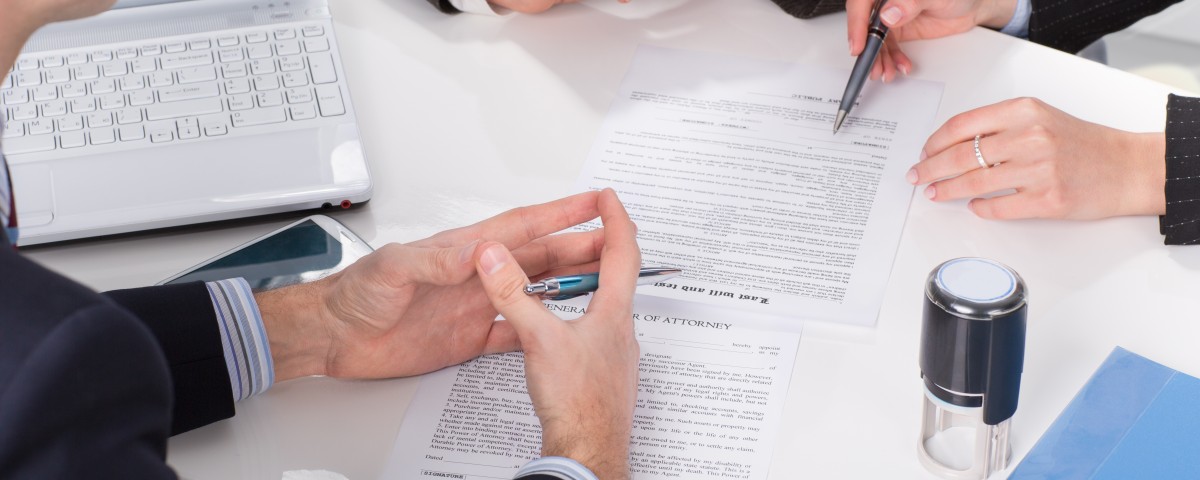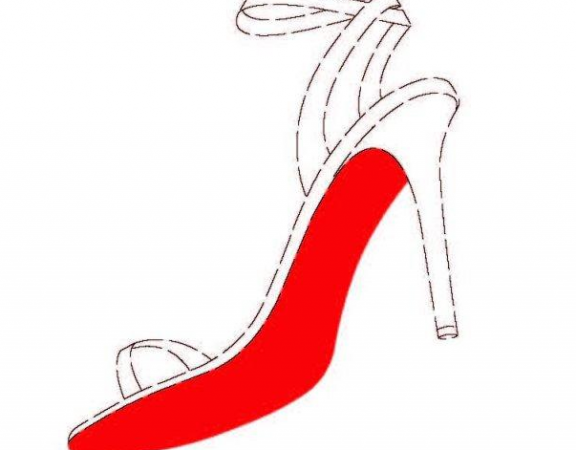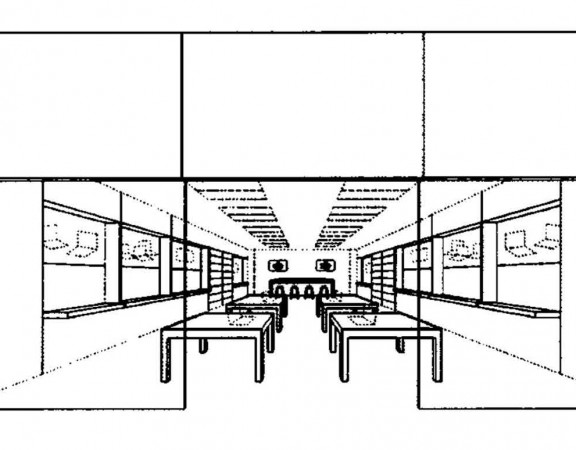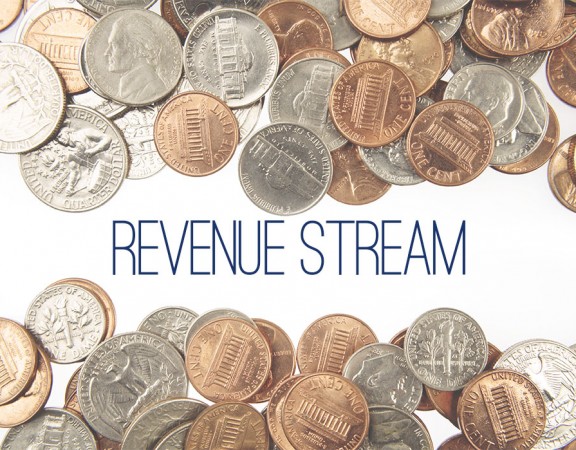When you are faced with a patent application that has been rejected by an Examiner of the US Patent Office, it is important to keep several things in mind.
- Most applications are initially rejected by Examiners and most applications are eventually allowed by those same Examiners. This means that a rejection is just part of the allowance process and that, even if rejected, you still have a great chance at getting your patent. We call this part of the allowance process: the negotiation process.
- The patent office tends to reject applications unless they are certain that they should be allowed. If you are trying to get the broadest possible claims, which is usually the case, then having an immediate allowance is usually a sign that your claims are too narrow. So, having a patent application be rejected, is often a good sign.
- While the process is governed by rules and laws (about 10,000 pages of them) it is managed and controlled by people. People tend to make emotional decisions and then use the rules and laws to justify their positions. This means that the key to success is to convince the Examiner, emotionally, that they are safe in allowing the patent at the same time providing them with the rules and laws that they can stand behind in their decision.
That is how we approach the negotiation process with the Patent Office. It sometimes takes time to work through the system to reach that point where the Examiner is comfortable moving forward. You can generally expect to spend between about $800 – $8,000 over the course of six to twenty-four months in this negotiation process, but the result is likely to be a strong patent that will mean a lot to your business.






